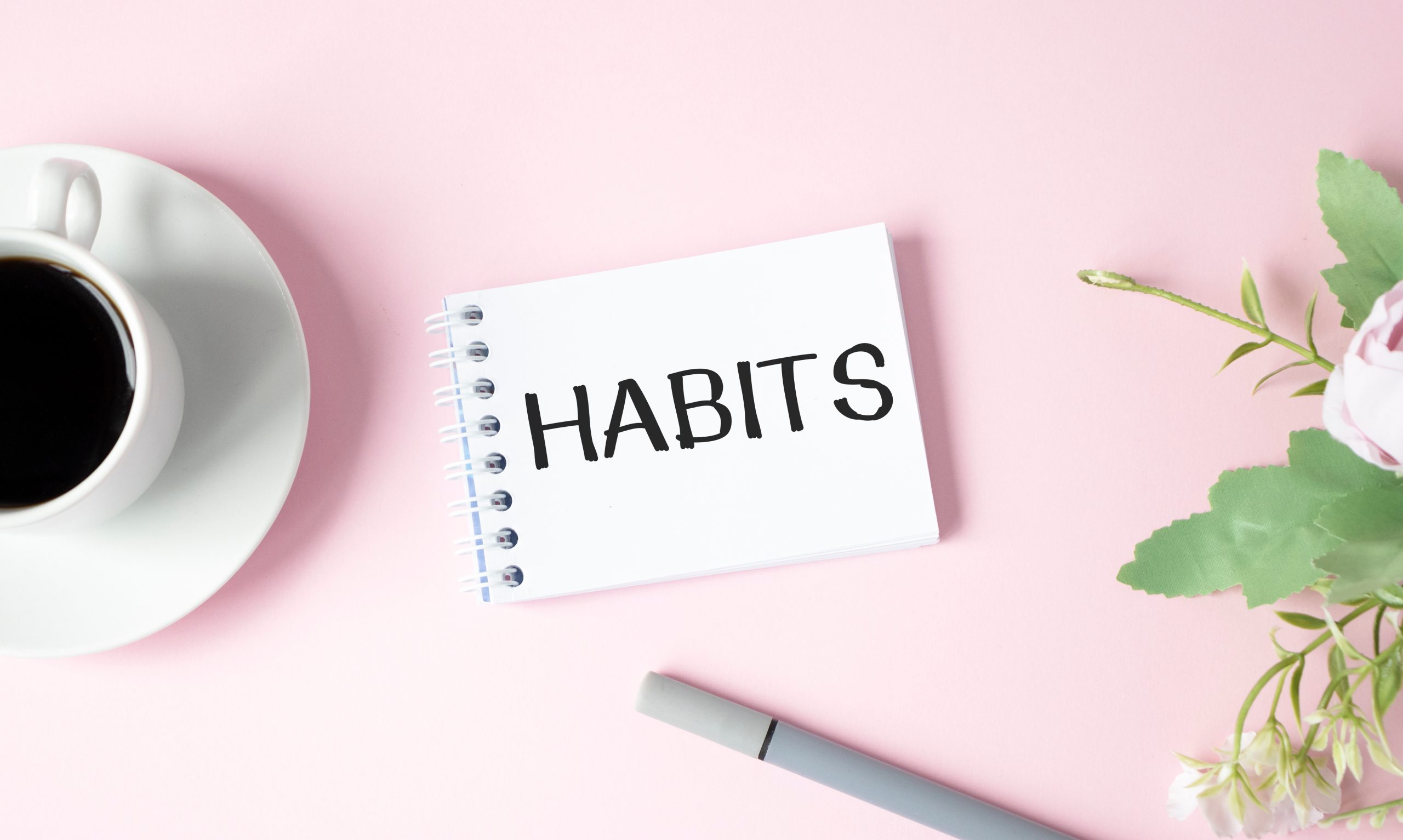Transform your daily routine and achieve your goals more easily by leveraging the science of habit stacking – a simple technique that could change how you approach behavior change forever.
At a Glance
- Habit stacking links new behaviors to existing habits, using established neural pathways to make habit formation easier
- The technique was popularized by James Clear in his bestselling book “Atomic Habits”
- Research suggests successful habit formation takes closer to 10 weeks rather than the commonly cited 21 days
- Creating a habit stack requires identifying current routines, choosing appropriate new habits, and formulating a clear “after I do X, I will do Y” equation
- Consistency and celebration of small wins are crucial for long-term success
The Science Behind Habit Stacking
Habit stacking isn’t just a productivity hack—it’s grounded in neuroscience. The technique leverages existing neural connections in your brain, involving neurotransmitters like norepinephrine and dopamine that play crucial roles in learning and reward. When you consistently pair a new behavior with an established habit, your brain begins to forge connections between them. Over time, the trigger of your existing habit automatically cues your brain to perform the new behavior, requiring less conscious effort and willpower.
This process takes advantage of synaptic pruning, where your brain strengthens neural pathways for activities you repeat regularly. Dr. Janice Castro explains, “We’re starting with something that is already a ritual, that doesn’t take a lot of conscious effort, and we’re trying to add something to it.” The beauty of this approach is its simplicity—it bypasses the need for tremendous willpower, which is often in limited supply as we navigate busy days.
— Sir Thomas Hobbes (@SirTHobbes) March 13, 2025
How to Build Your First Habit Stack
Creating an effective habit stack begins with taking inventory of your existing routines. Look for reliable, consistent behaviors you perform daily—brushing your teeth, making coffee, arriving home from work. These automatic behaviors serve as perfect anchors for new habits. Next, identify the new habits you want to adopt. The key is starting small: choose something that takes less than two minutes to complete initially, making it nearly impossible to skip due to time constraints.
Form a clear habit stacking equation using James Clear’s formula: “After I [current habit], I will [new habit].” This precise statement eliminates ambiguity and creates a direct link between existing and new behaviors. Examples might include: “After I pour my morning coffee, I will do five pushups” or “After I take off my work shoes, I will immediately change into workout clothes.” Start with just one or two new habits to avoid overwhelming yourself—you can always build more complex stacks as these become automatic.
Overcoming Common Challenges
The most significant hurdle in habit stacking isn’t starting but maintaining consistency. Research from the Peloton health team suggests that forming new habits typically takes around 10 weeks—far longer than the commonly cited 21 days. Understanding this realistic timeline helps manage expectations and prevents discouragement. Another common pitfall is attempting too much too soon. Start with tiny habits that feel almost trivially easy, then gradually increase complexity as they become automatic.
Flexibility is crucial when habit stacking. If your initial equation isn’t working, be willing to adjust either the trigger habit or the new behavior. As psychologist Dr. Lauren Alexander notes, choose new habits you genuinely want to incorporate, not just ones you feel you should adopt. Consider using the Premack principle by following less enjoyable habits with more rewarding ones—for instance, only listening to your favorite podcast while exercising, leveraging natural rewards to reinforce new behaviors.
Advanced Techniques for Lasting Change
Once you’ve mastered basic habit stacking, explore more sophisticated approaches like habit chains, where multiple new behaviors link together in sequence. Habit ladders involve gradually increasing the complexity or duration of a new habit—starting with one minute of meditation, then two, then five. Another powerful technique is using habit stacking to discourage negative behaviors by deliberately inserting a positive habit before a potential trigger for unwanted actions.
Tracking progress becomes increasingly important as your habit systems grow more complex. Consider using a simple checklist, habit tracking app, or journal to monitor consistency. Remember to celebrate small wins along the way—each successful repetition strengthens neural pathways and builds momentum.
Sources:
https://medium.com/swlh/how-i-use-habit-stacking-to-build-better-habits-into-my-workday-d550fb66deed
https://meredithvanness.com/blog/stack-your-way-to-success-mastering-the-habit-stacking-technique








